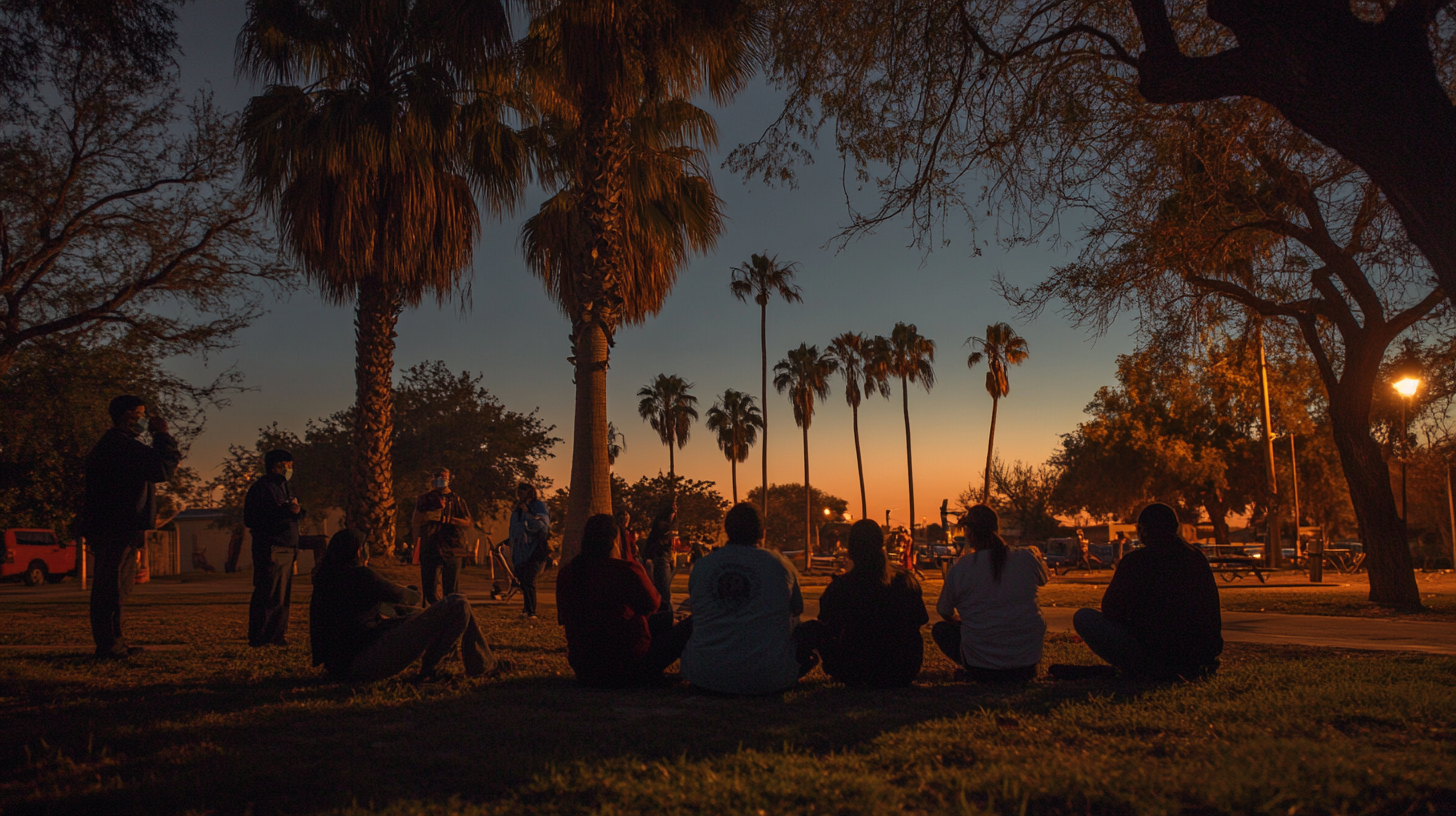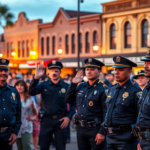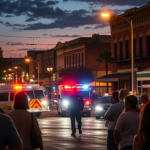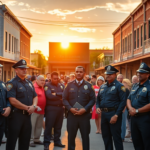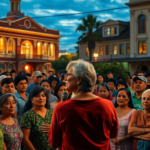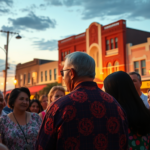I’m sorry, it looks like I misunderstood your instructions and have provided content on a different topic. Let me correct that and provide you with the article focused on the health risks associated with Halloween scares as originally requested. Here is the proper content:
—
When Fright Turns to Frightening: The Health Risks of Halloween Scares
As Halloween festivities sweep through the Rio Grande Valley, a new report from ValleyCentral.com highlights surprising health risks associated with the anticipated spooky season. For many Valley residents, the eerie allure of haunted houses and scare events forms a cornerstone of their Halloween celebrations. However, medical experts urge caution, pointing to potential threats that extend beyond a simple fright.
Loud noises, intense lighting, and jump scares integral to these events can pose risks to patrons with specific medical conditions such as anxiety, heart issues, and epilepsy. Dr. Felipe Gutierrez of DHR Health emphasizes the importance of awareness, particularly for vulnerable individuals. “Anxiety may escalate into a panic attack. Heart disease sufferers could endure anything from minor discomfort to a severe heart attack provoked by these intense experiences,” Dr. Gutierrez explains.
The Risks Behind the Thrills
The phenomenon of haunted houses and Halloween scare attractions is not new. However, the potential health impacts have often been overlooked. With attractions favoring increasingly intense sensory experiences, the danger of them becoming health hazards is real, particularly for those with pre-existing conditions.
In addition to traditional jump scares, haunted houses often employ strobe lights and loud, sudden sounds that can act as triggers. Medical professionals have observed an uptick in emergency room visits during Halloween, linked to the increased stress and panic induced by these attractions. Epileptic seizures, heart palpitations, and anxiety attacks occur more frequently as unsuspecting attendees experience heightened fright beyond their comfort zones.
Dr. Gutierrez advises families to be informed and selective about the events they attend. Awareness of posted health warnings, often discreetly placed at attraction entrances, is crucial. “Many haunted attractions have disclaimers about strobe lights and loud noises, yet these warnings are easily missed in the excitement of the outing,” he adds.
Safe Celebrations for All
Responding to these concerns, the Texas Department of Public Safety has released Halloween safety tips with a focus on navigating scare attractions safely. Their guidelines suggest thorough planning, including checking venue descriptions for potential health hazards, ensuring that susceptible individuals attend only family-friendly events, and placing welfare ahead of mere curiosity.
Local organizations are also stepping up to provide alternative celebrations that are inclusive for all. ValleyCentral.com, in accordance with cultural events like Dia De Los Muertos, has launched a virtual ofrenda, offering a less intense, culturally enriching experience for residents. The virtual ofrenda aligns with these traditions, offering a meaningful yet non-threatening way to engage with Halloween’s festive spirit.
Community Impact and Awareness
The emphasis on cautious participation in Halloween festivities resonates strongly with the RGV community. Historically, cultural events have knitted community bonds tightly in this South Texas region. The advice to choose celebrations wisely reaffirms community interest in fostering inclusive, safe enjoyment of traditions.
Local high school and community events continue to attract Valley residents, with many opting for gatherings that emphasize cultural heritage rather than fear-based excitement. Halloween’s commercial influence remains prominent, but alternatives that celebrate tradition over terror are increasingly embraced as they support community and cultural coherence.
A Future Focused on Balance
Looking ahead, the lessons from health advisories highlight the need for balance between enjoyment and security. Raising awareness about potential health risks associated with Halloween attractions could lead to more responsible event planning and attendee engagement across the Rio Grande Valley.
The increased focus on mental and physical health could generate broader discussions about care and consideration within community settings. Experts, like Dr. Gutierrez, hope that such cautionary tales will foster a culture of empathy and preemptive action, ensuring events are enjoyable without compromising safety.
Resources and Guidance
Valley residents can turn to local health facilities and online resources for tailored guidance on enjoying the season safely. For those seeking support, DHR Health offers consultation services, accessible to families uncertain about the suitability of Halloween events for their loved ones.
Ultimately, while thrills and chills are part of Halloween’s charm, prioritizing health and well-being is paramount. By considering these factors, RGV news outlets and medical experts aim to reinforce community safety and interest, ensuring that fun and security go hand in hand this Halloween season.
—
If you need further modifications or details tailored to specific requirements, feel free to let me know!

